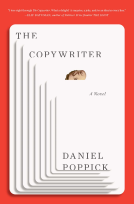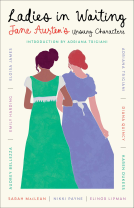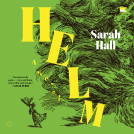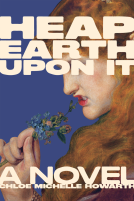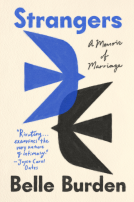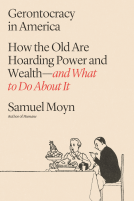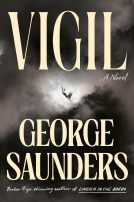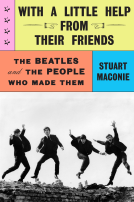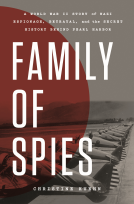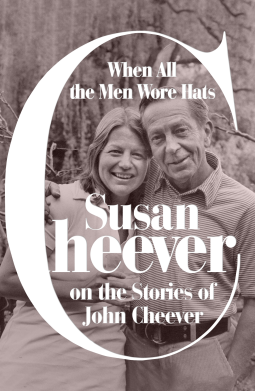
When All the Men Wore Hats
Susan Cheever on the Stories of John Cheever
by Susan Cheever
This title was previously available on NetGalley and is now archived.
Send NetGalley books directly to your Kindle or Kindle app
1
To read on a Kindle or Kindle app, please add kindle@netgalley.com as an approved email address to receive files in your Amazon account. Click here for step-by-step instructions.
2
Also find your Kindle email address within your Amazon account, and enter it here.
Pub Date Oct 28 2025 | Archive Date Nov 28 2025
Description
A sympathetic and illuminating account of the stories of John Cheever, and the intersecting life and work of the legendary writer John Cheever, as told by his eldest daughter.
The Stories of John Cheever, published in 1978, brought together some of the finest short fiction ever written. The collection was honored with the Pulitzer Prize and the National Book Award, and it would go on to sell millions of copies and to define the American short story and shape generations of writers. Cheever’s chronicles of modern life both emerged from a distinctly American culture and also created it—inspiring everything from Mad Men to a Raymond Carver story, from rock songs to a Seinfeld episode.
Growing up, Susan Cheever, John Cheever’s eldest child and only daughter, read what he read, heard what he heard, bantered and gossiped with him and her brothers and mother at the dinner table, and later watched her father type on the cheap yellow paper he favored. A daughter much like Susan appears in many of Cheever’s stories and a family much like theirs is at the center of his writing.
In When All the Men Wore Hats, Susan Cheever looks back on her father’s work and seeks to understand the connections between art and life. How did a bit of local gossip, a slice of Greek myth, and a new translation of Madame Bovary somehow become a brilliant gem like “The Country Husband” or “The Swimmer”? In her 1984 book Home Before Dark, published two years after her father’s death, Cheever wrote movingly about her father and the secrets he kept, but here, years later, she tells the story of the remarkable stories themselves, six of which appear in full in the book’s appendix.
A Note From the Publisher
Available Editions
| EDITION | Other Format |
| ISBN | 9780374600990 |
| PRICE | $30.00 (USD) |
| PAGES | 400 |
Available on NetGalley
Average rating from 6 members
Readers who liked this book also liked:
Adriana Trigiani; Sarah MacLean; Eloisa James; Elinor Lipman; Audrey Bellezza; Karen Dukess; Emily Harding; Nikki Payne; Diana Quincy
General Fiction (Adult), Romance, Women's Fiction
Alexander Hamilton; James Madison; John Jay
History, Politics & Current Affairs
Stuart Maconie
Arts & Photography, Biographies & Memoirs, History

